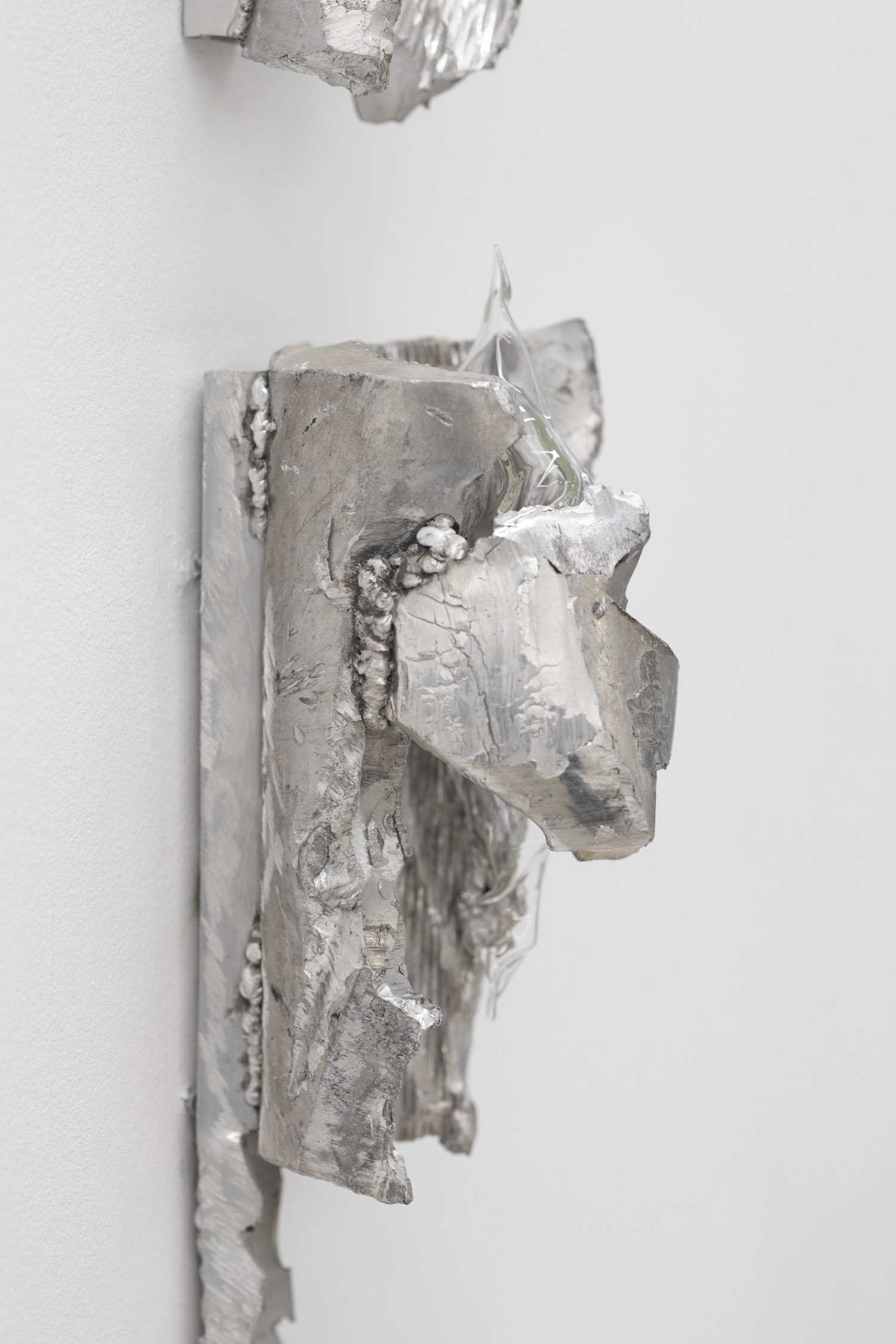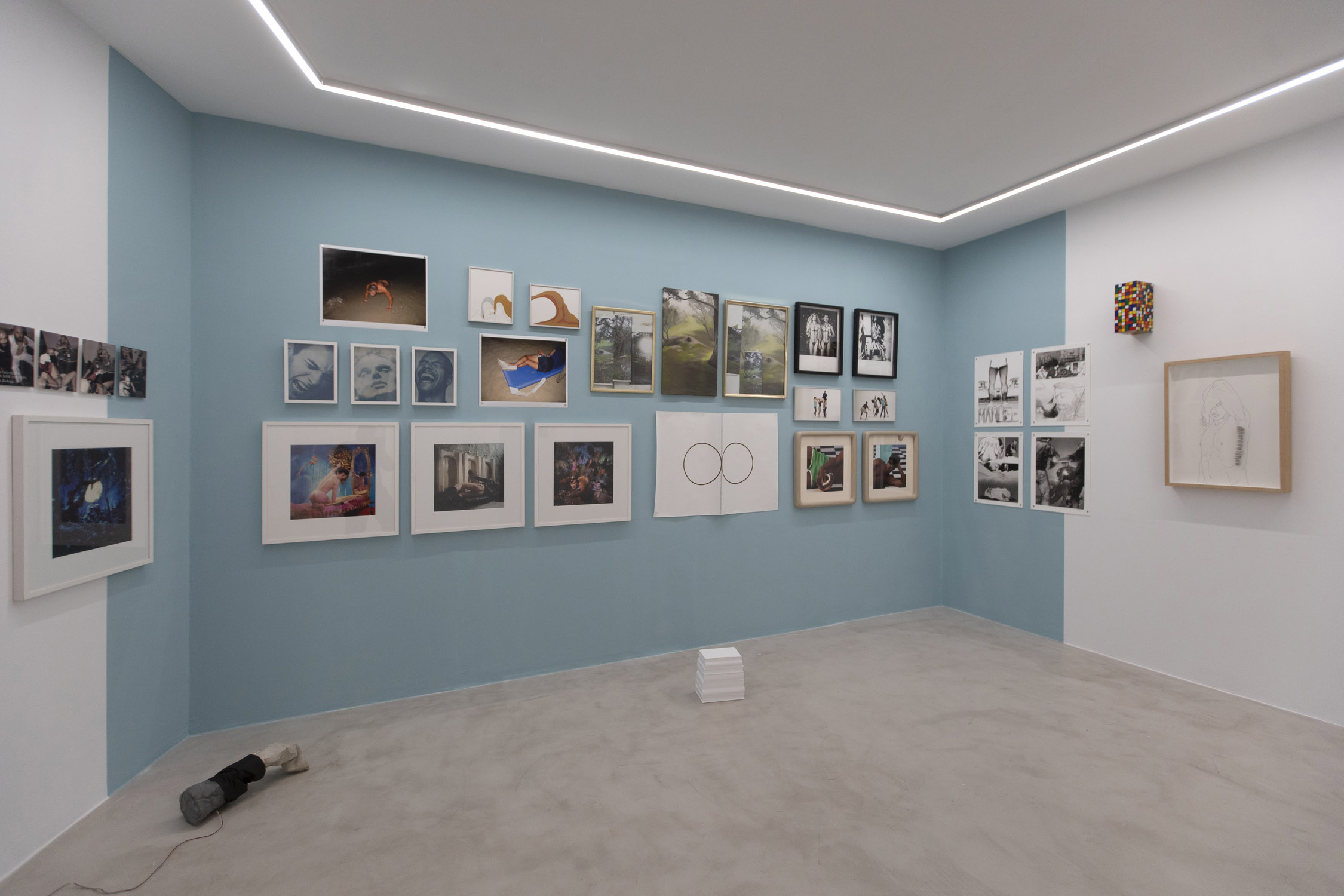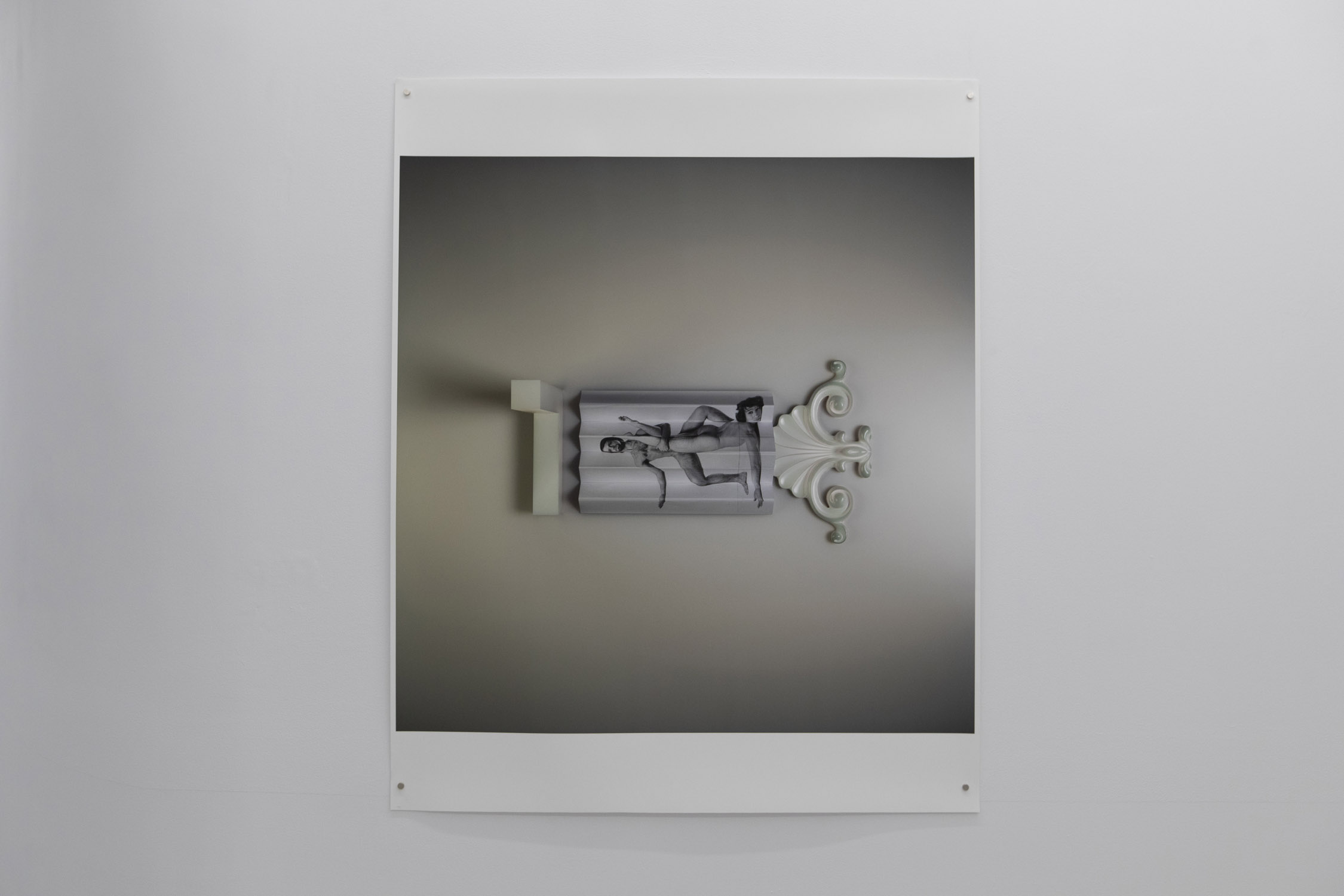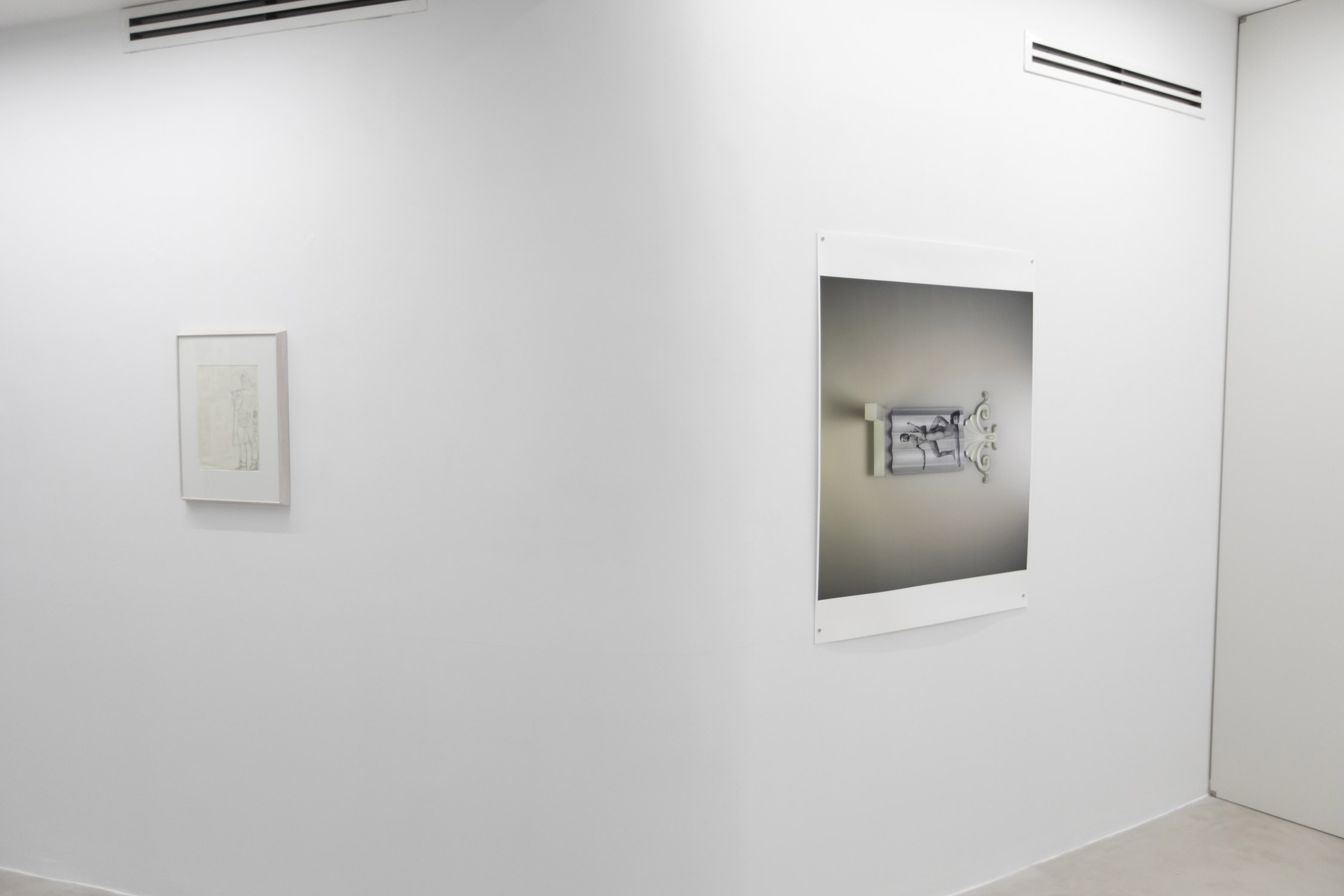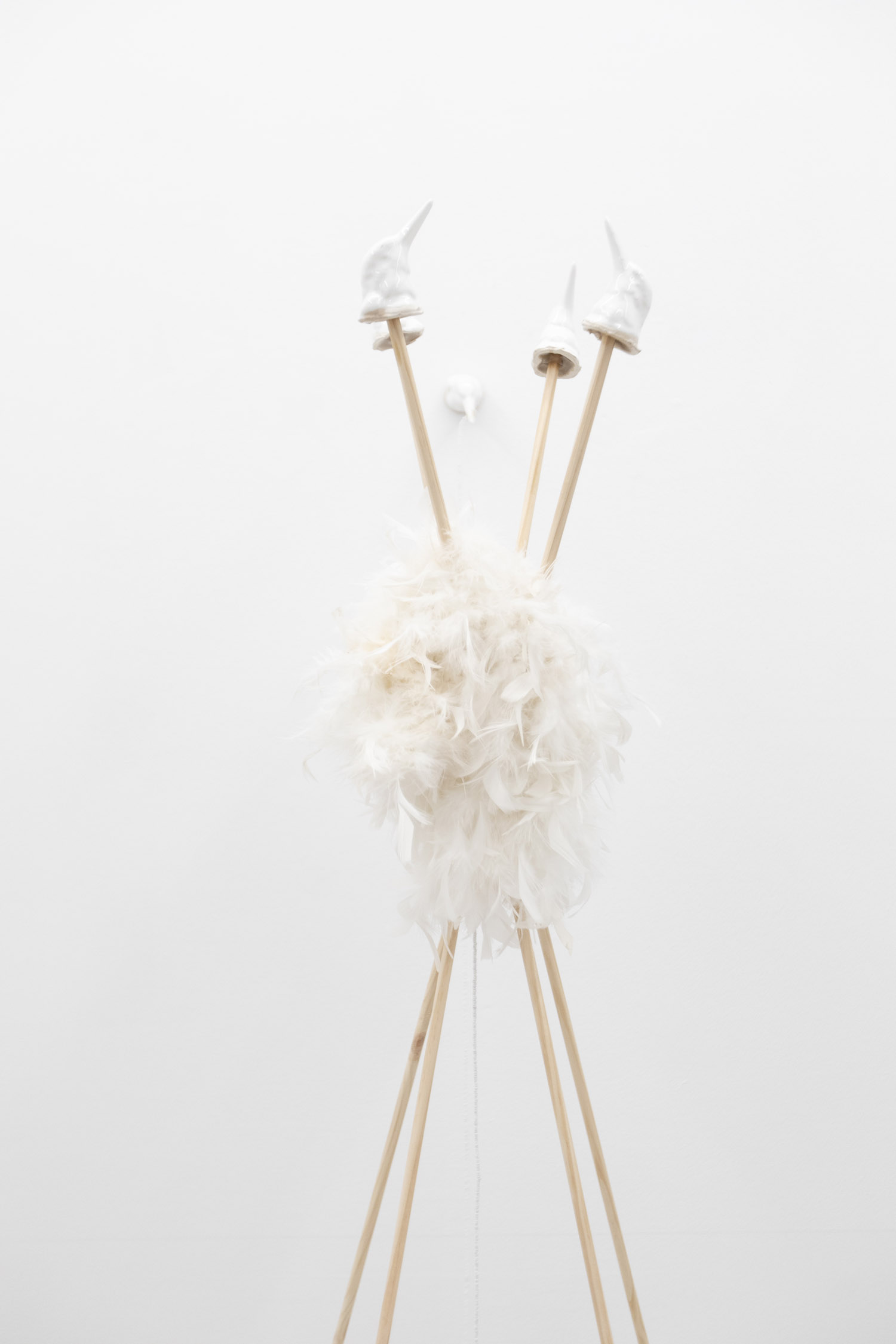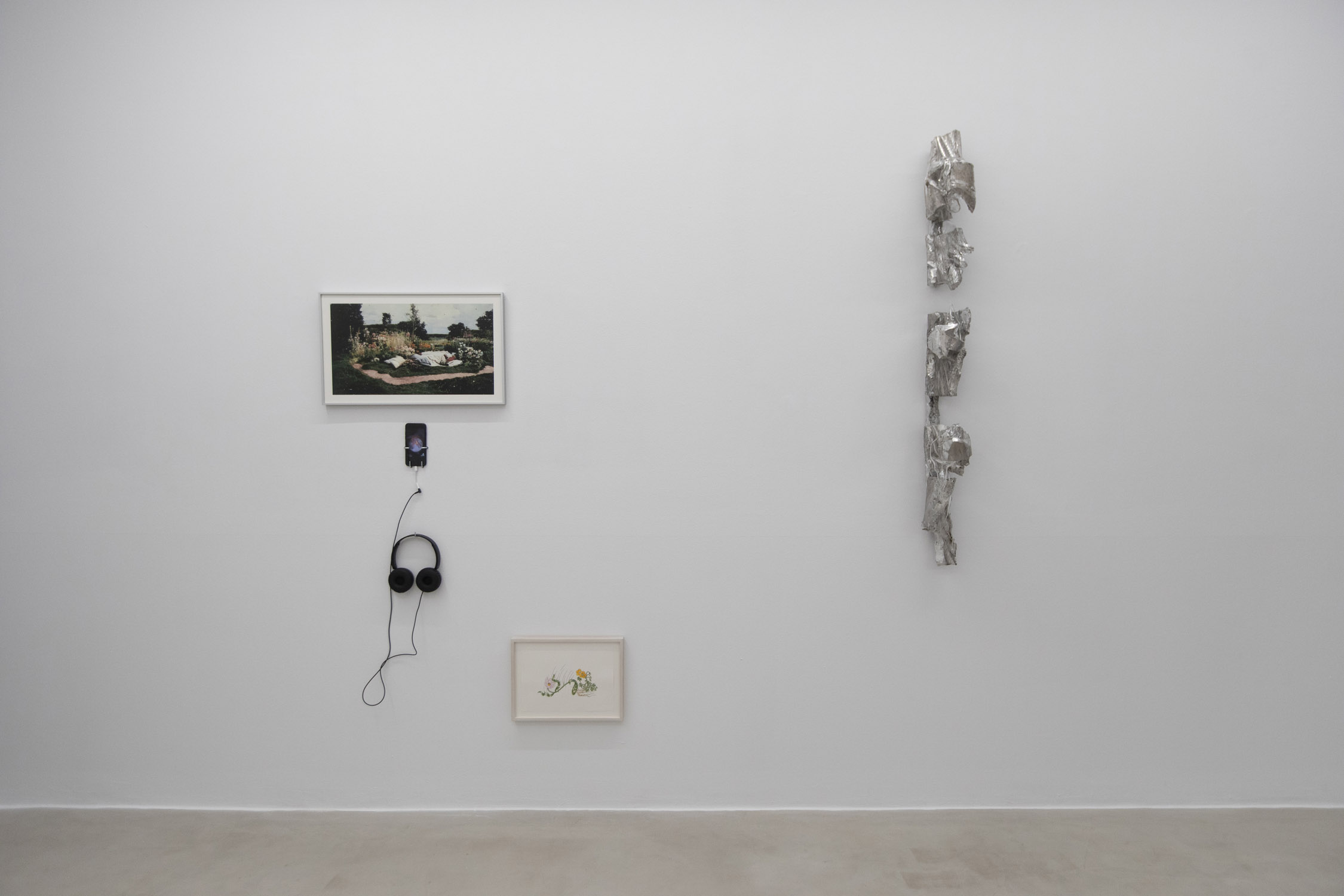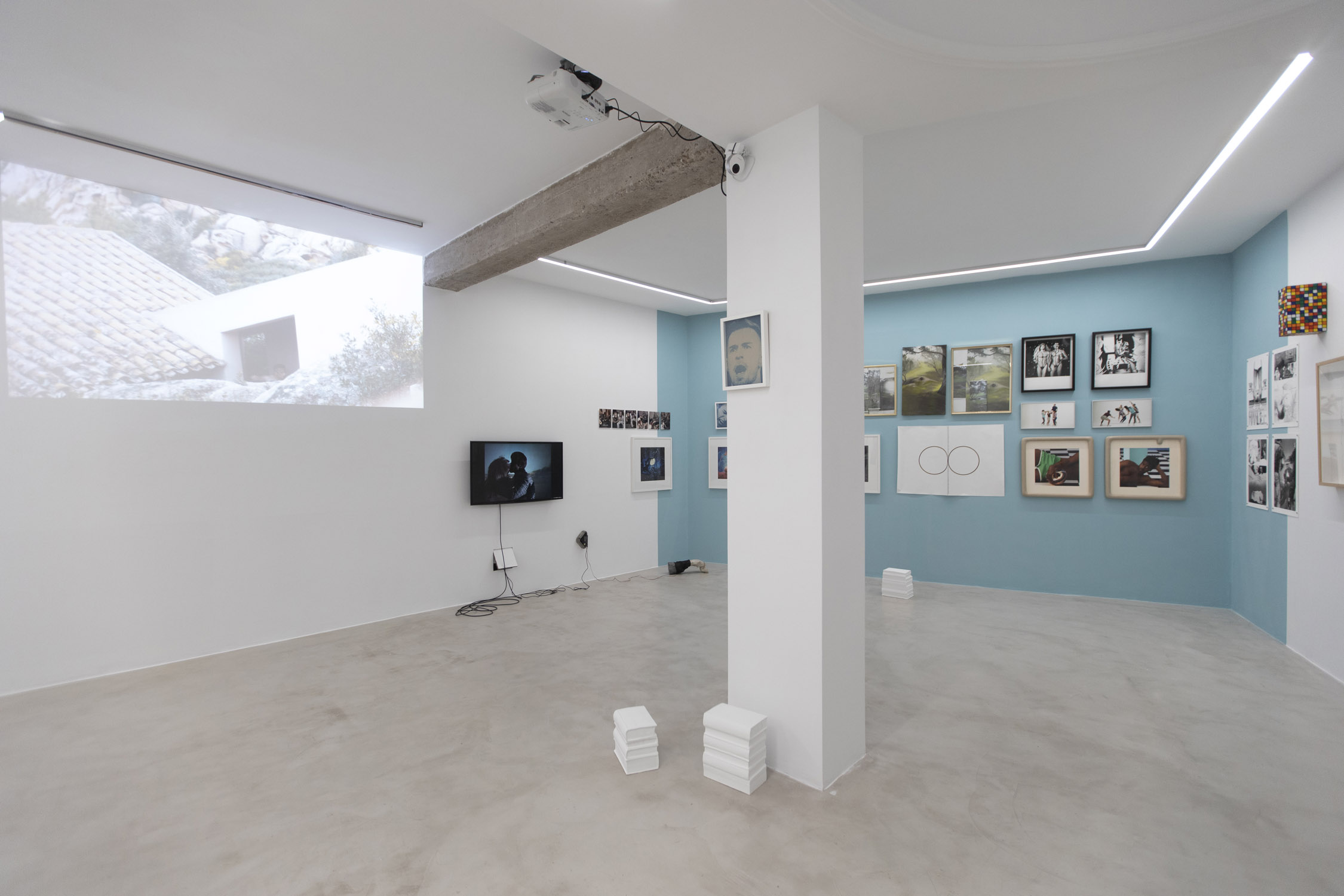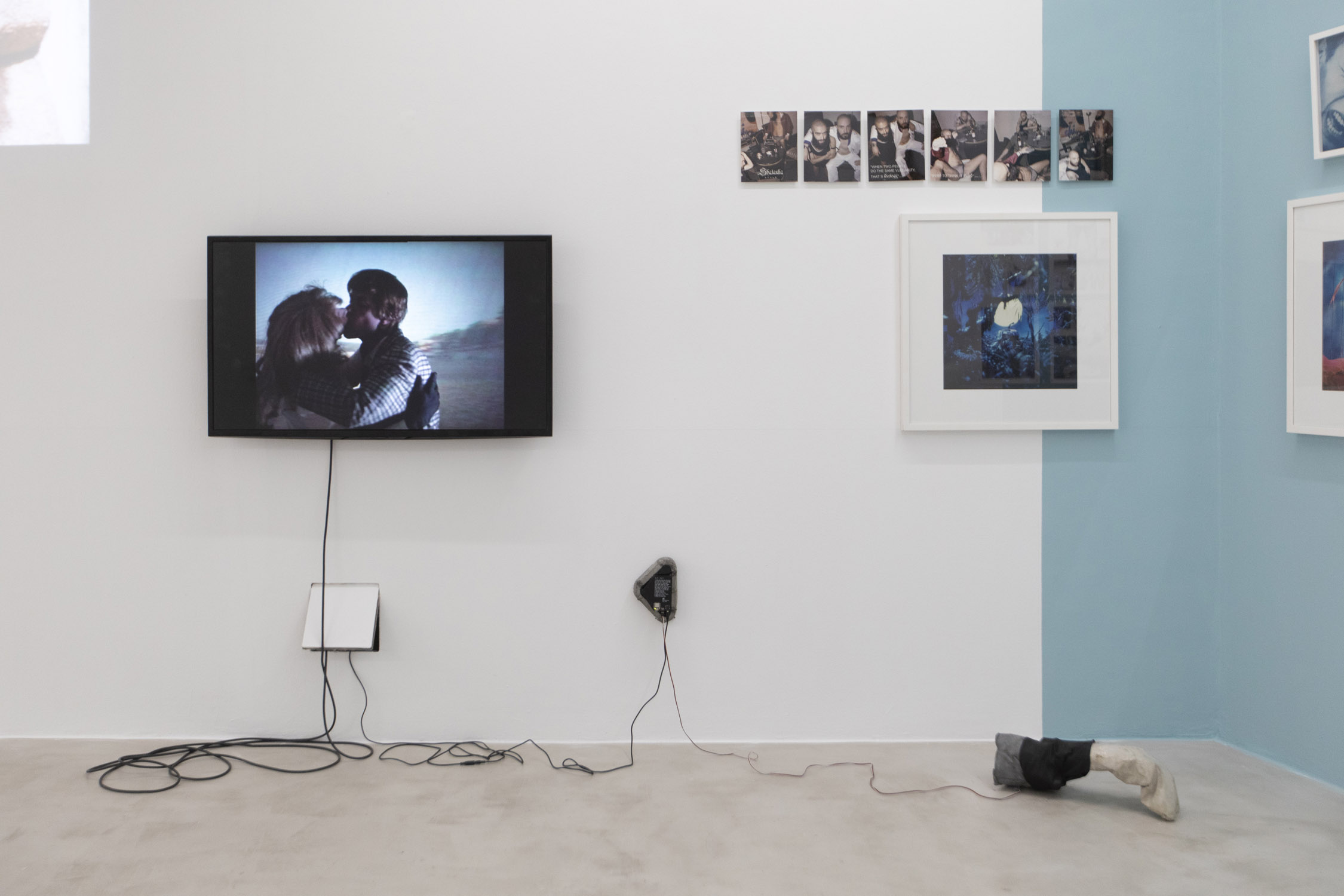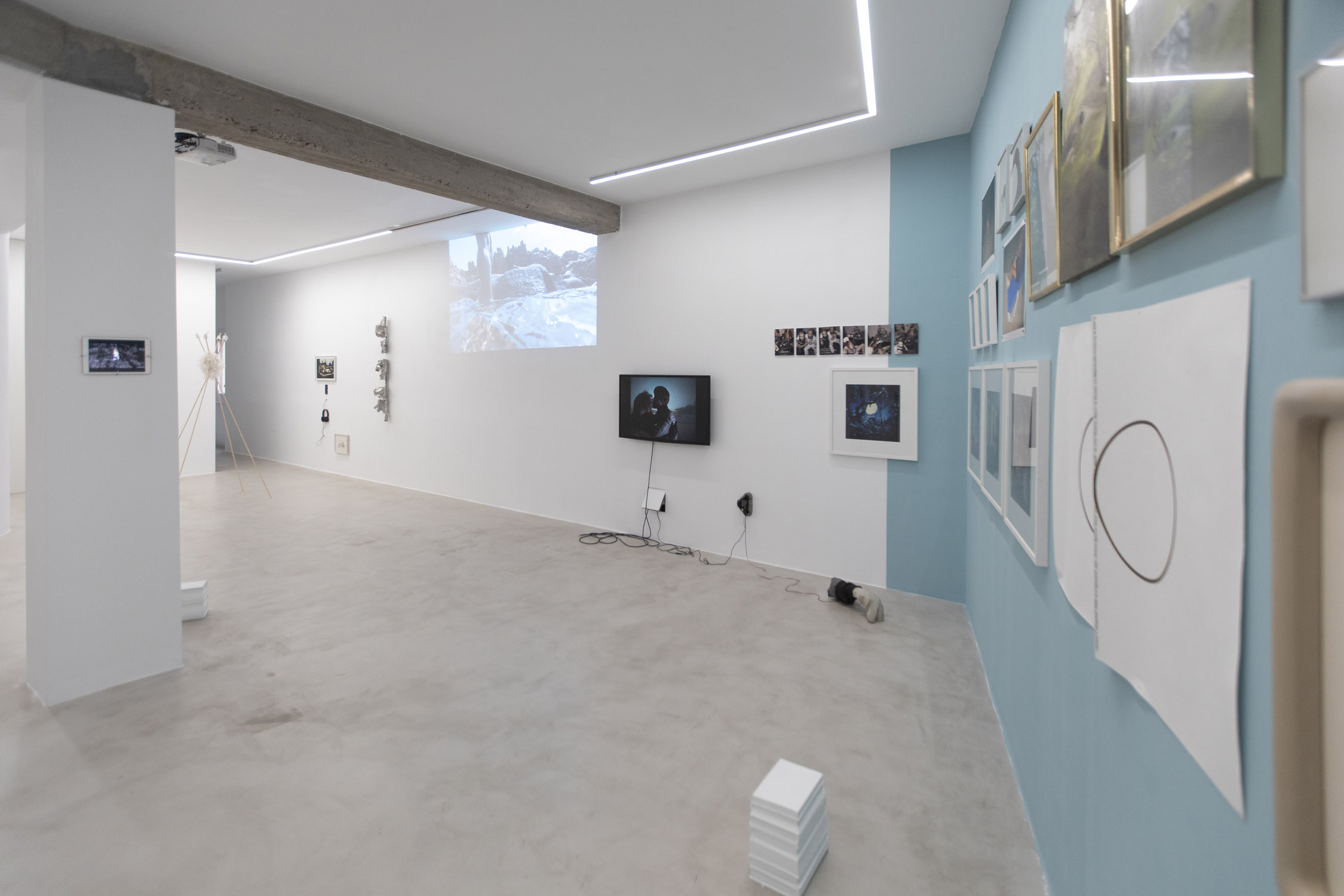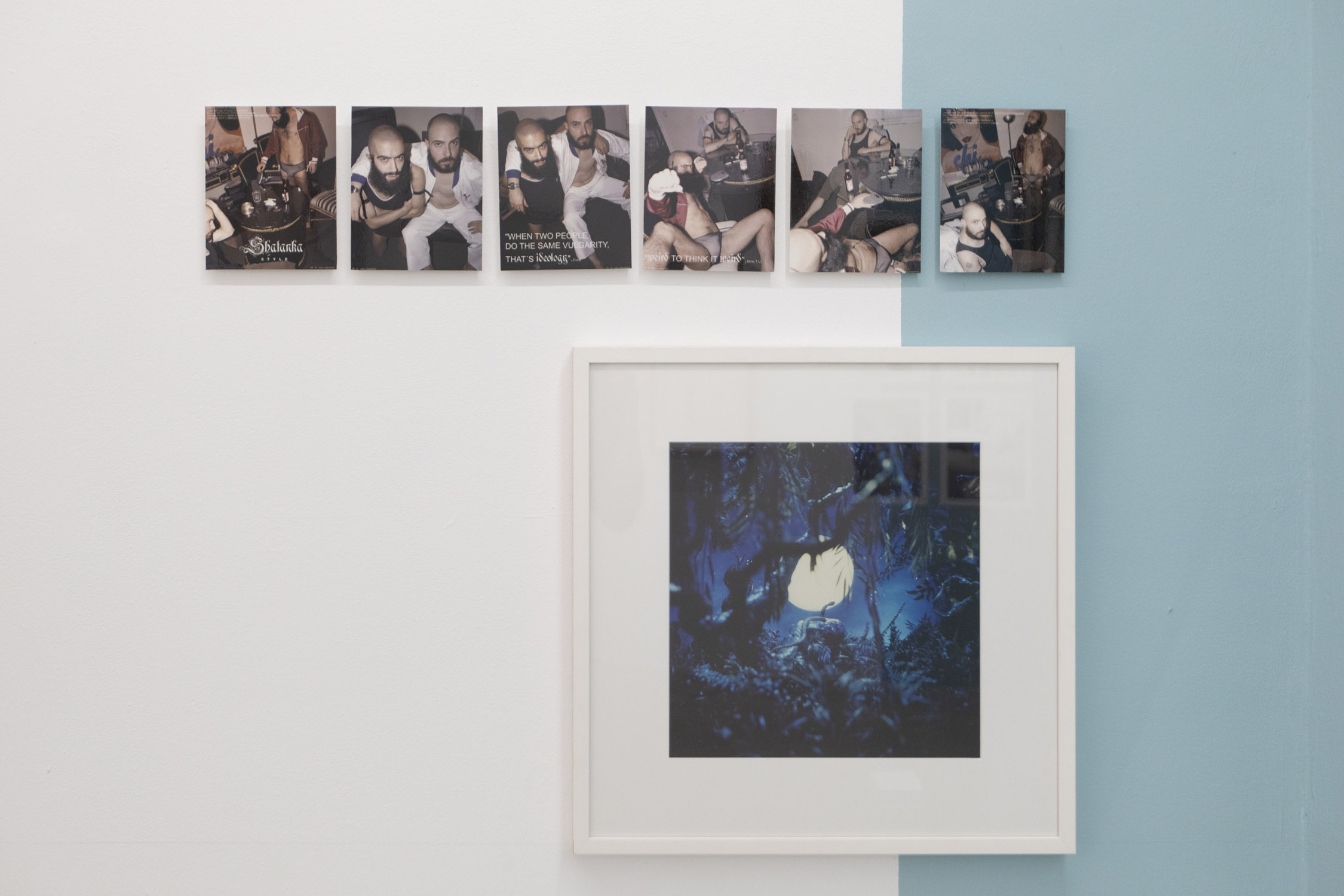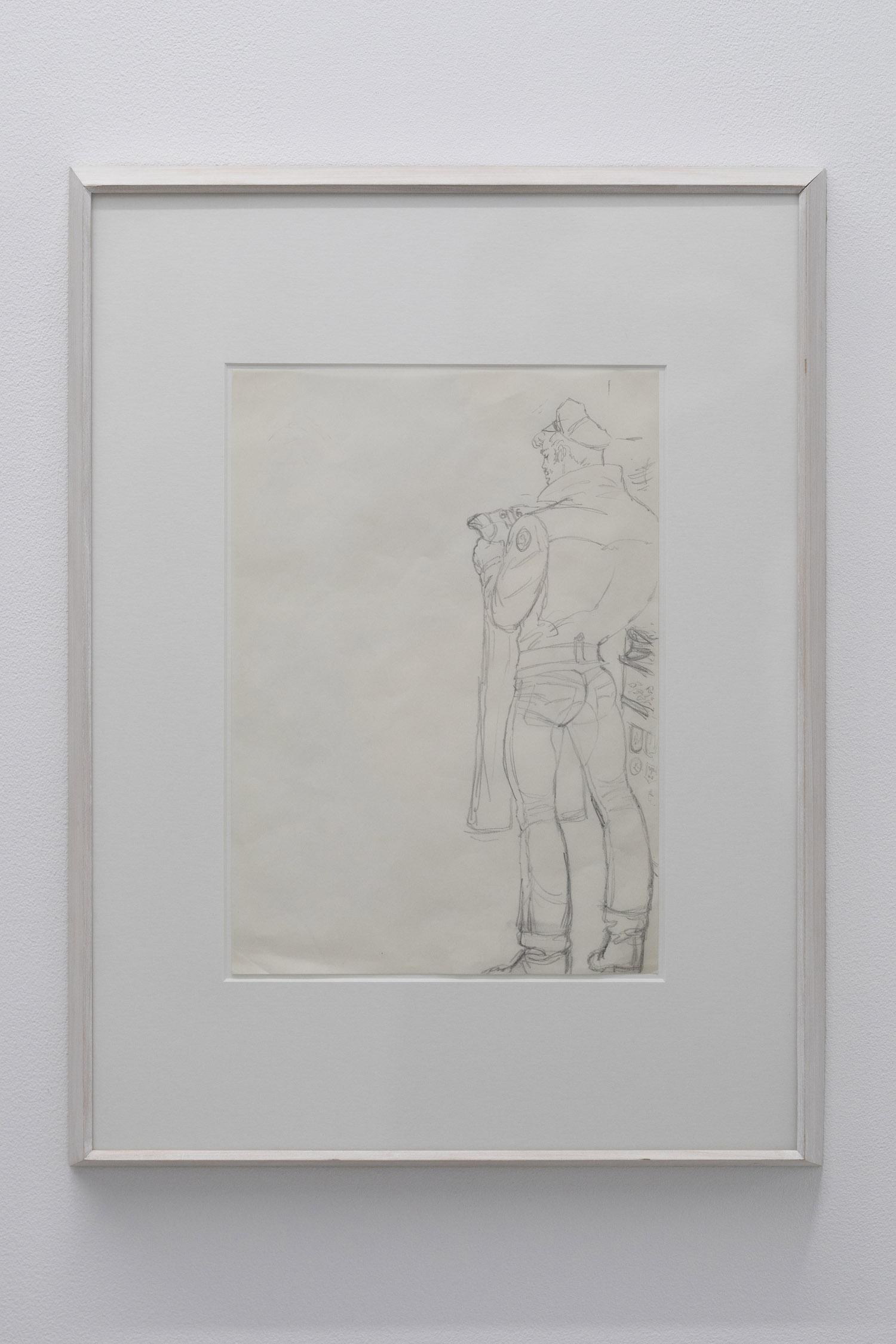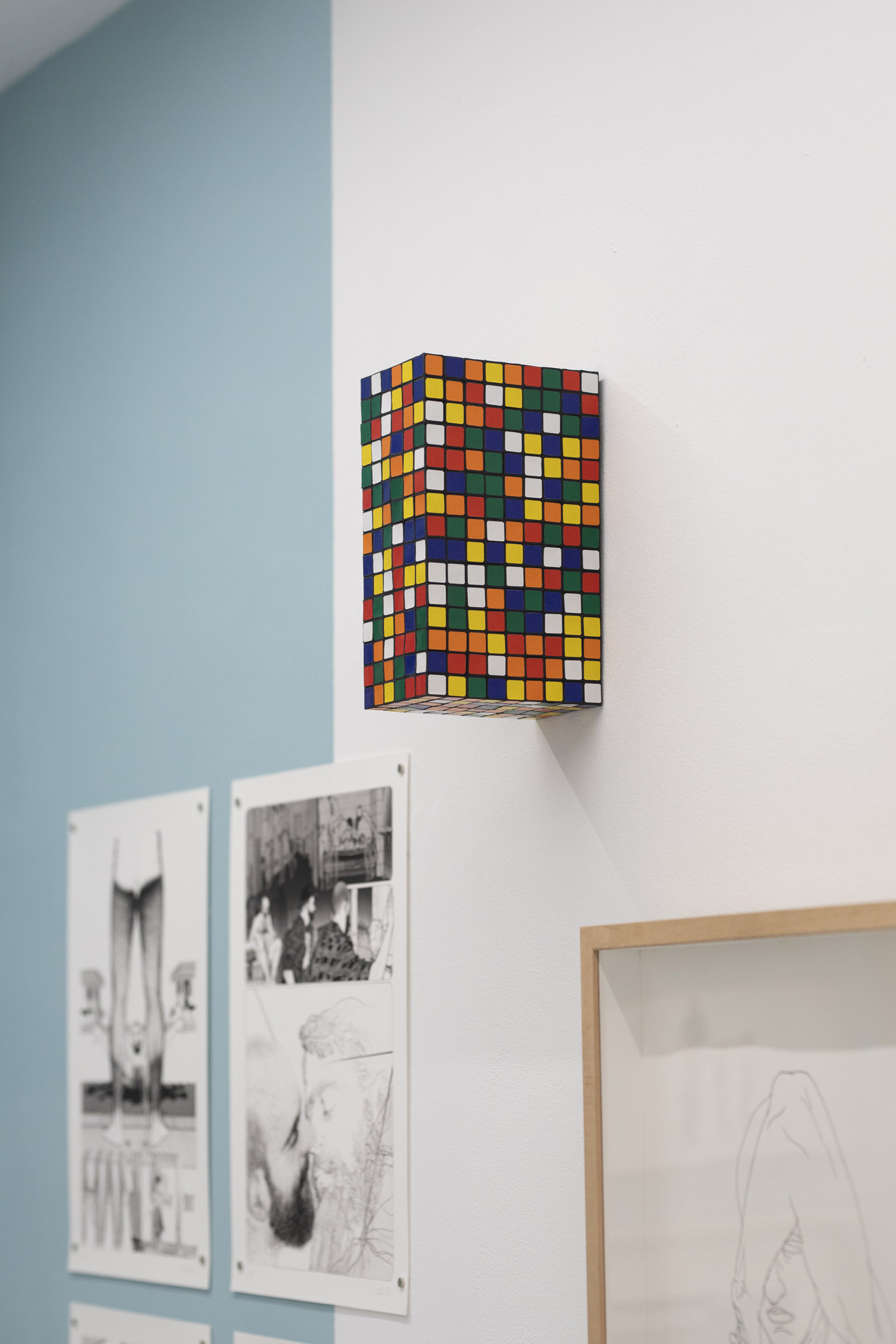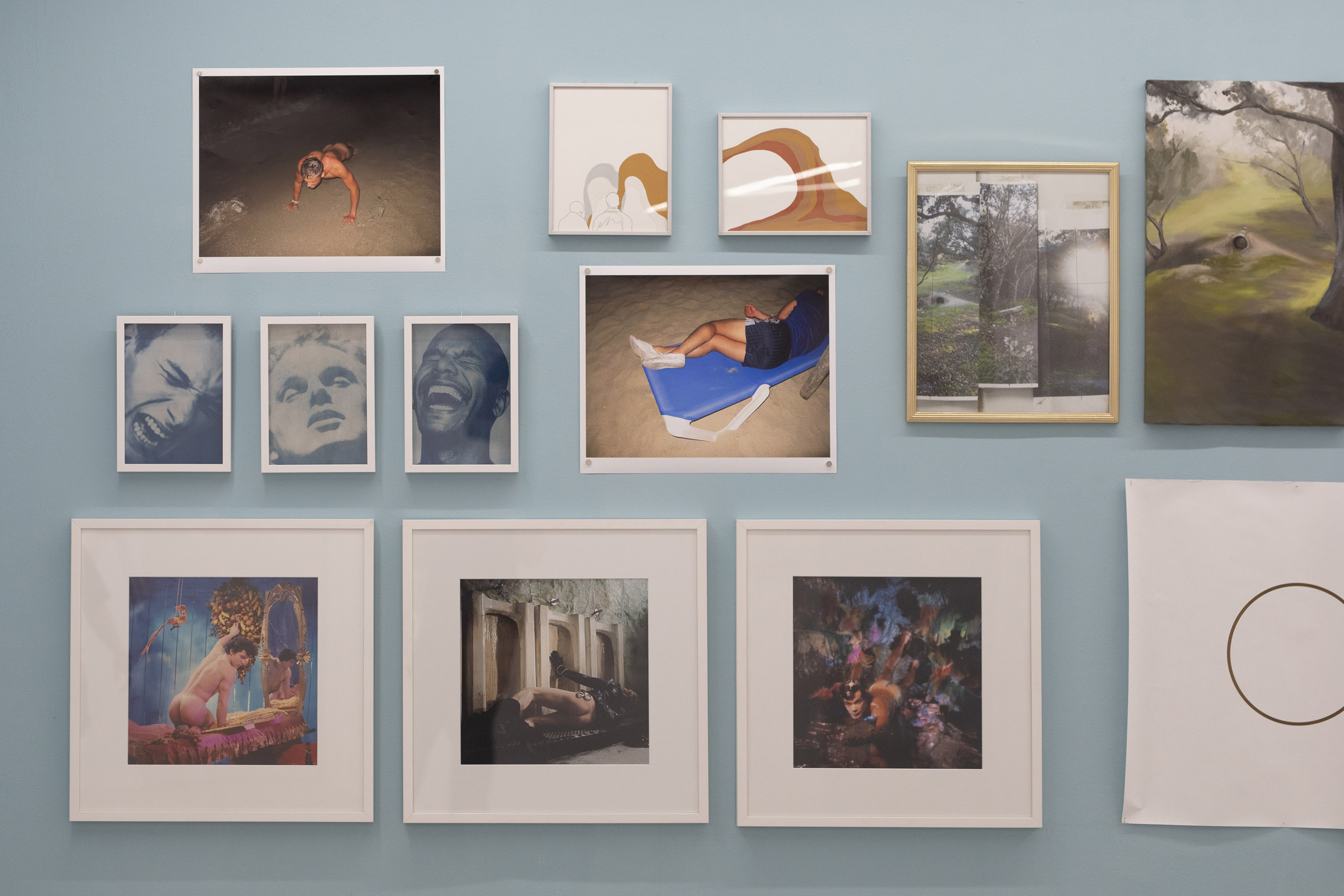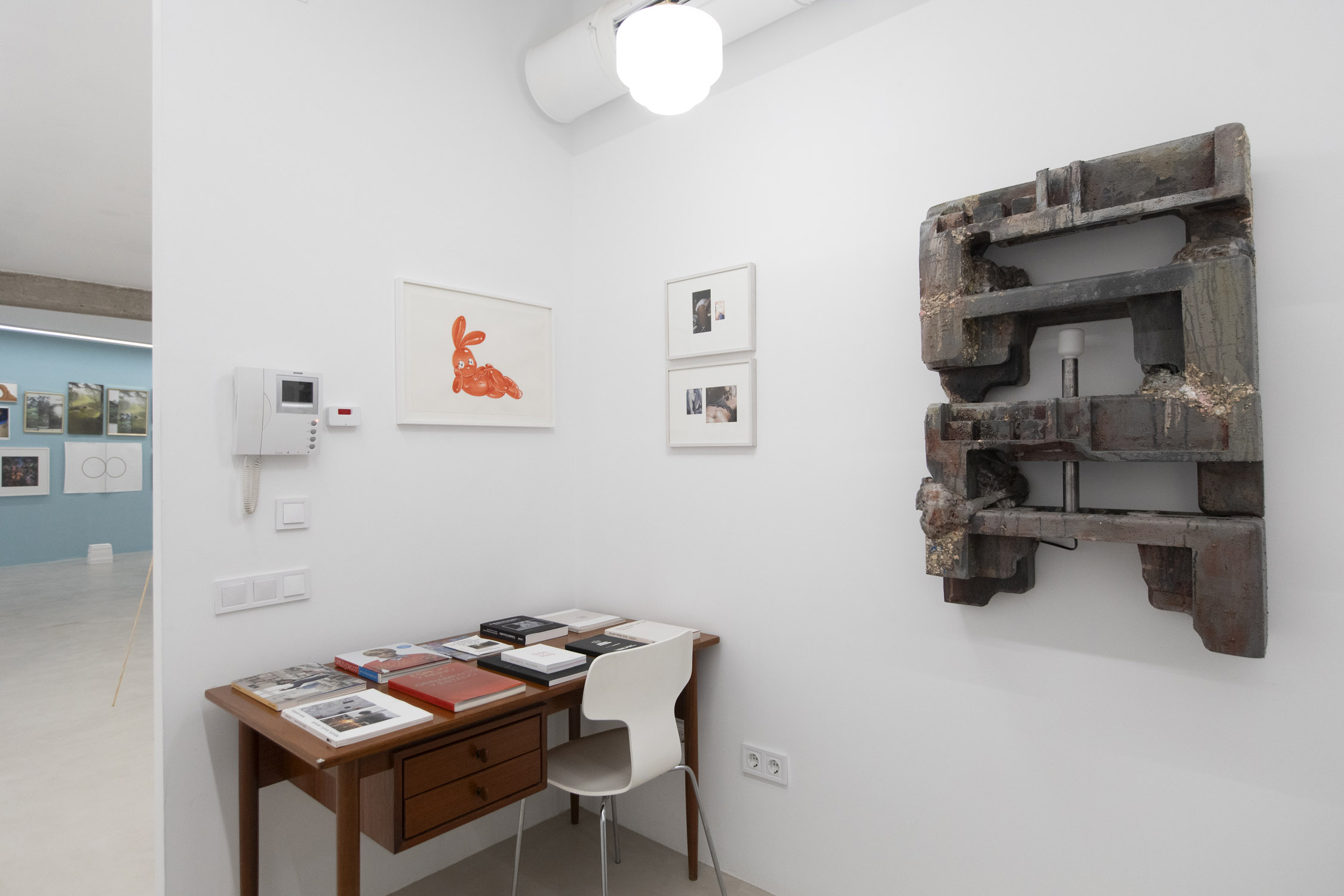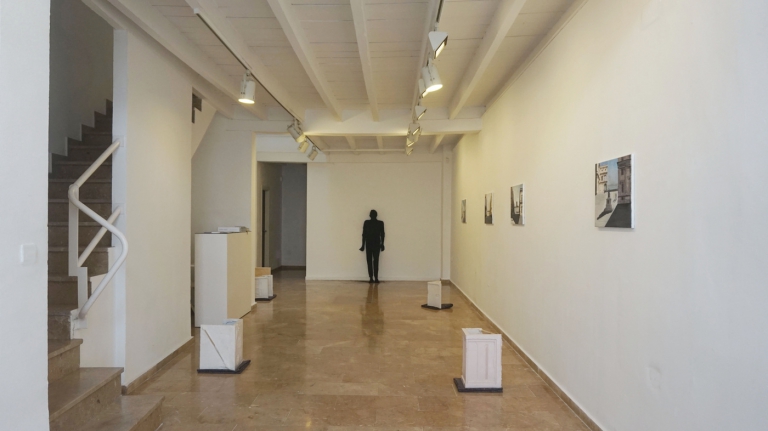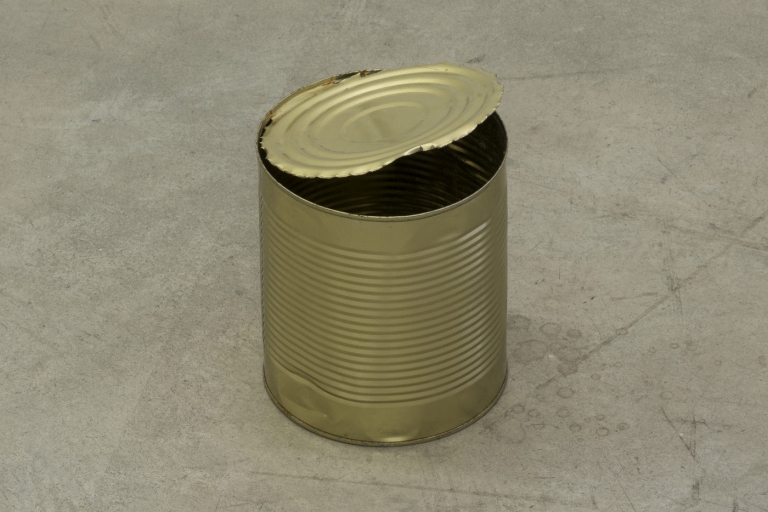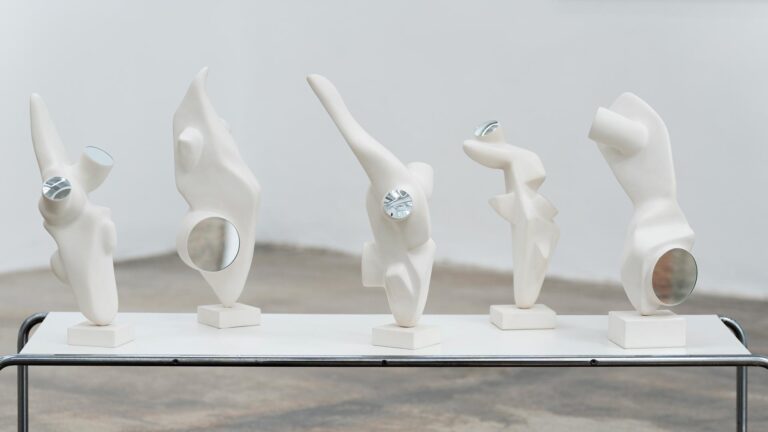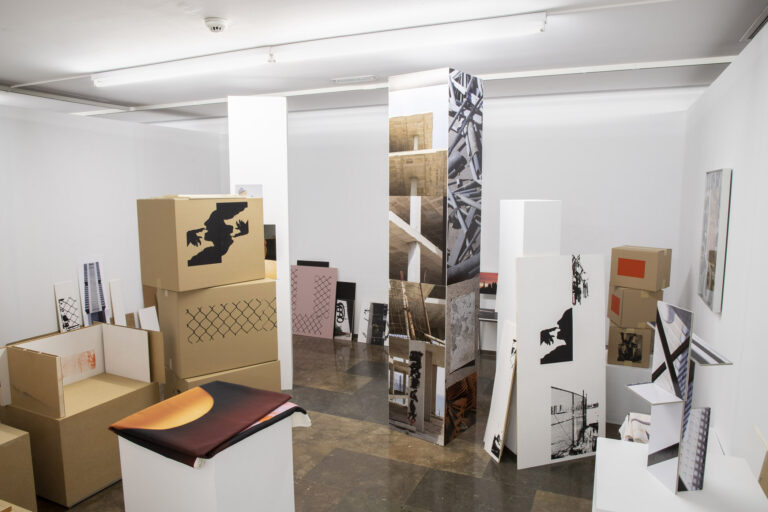Artists: Álvaro Perdices, Anna Moreno, Brice Dellsperger, Cabello/Carceller, Carles Congost, Carlos Sáez, Diego del Pozo Barriuso, Fito Conesa, Francesc Ruiz, Itziar Barrio, James Bidgood, Juan Carlos Martínez, Lou Fauroux, Manu Arregui, Michael Roy, Miguel Ángel Gaüeca, Moisés Mahiques, Pepe Miralles, Pol Anglada, Rodrigo, Steven Arnold, Tom of Finland, Weecolors
Exhibition title: Desiring Assemblages
Venue: House of Chappaz, Valencia, Spain
Date: June 7 – August 2, 2024
Photography: all images copyright and courtesy of the artists and House of Chappaz, Valencia
“The text, which would be published in 1994 under the title Desire and Pleasure, was organised in sections, from A to H, in which the differences in the ways of articulating the management of desire and pleasure are evidenced, showing that, according to Deleuze, “the devices of power acted neither by repression nor by ideology”.”
“Guilles takes advantage of this same text to rethink some of the ideas of the Anti-Oedipus, specifically the forms of “articulation [agencement] of desire”. If, as the author argues, we assume that desire is never a “natural” determination, how should we confront the naturalisation of “objects of desire” posed as dissident and transgressive, which have become a homogenisation of “homosexual” desire, increasing the erasure of other sexual and affective identities”.
“I imagine Tom from Finland torn between the pride of having generated such a popular imaginary and the discomfort of feeling that his desire has become a normative, standardised ideal that they insist on depoliticising.”
“This project, as a desiring device, seeks to generate a dialogue between formalisations of self-care, desire and pleasure arising from dissidence, tracing an incomplete and awkward scheme, in which the gaps and absences, as Foucault himself pointed out, have the same importance in the exhibition discourse.”
“This project, as a desiring device, seeks to generate a dialogue between formalisations of self-care, desire and pleasure arising from dissidence, tracing an incomplete and awkward scheme, in which the gaps and absences, as Foucault himself pointed out, have the same importance in the exhibition discourse”.
Text by Eduardo García Nieto (Independent curator and educator)

